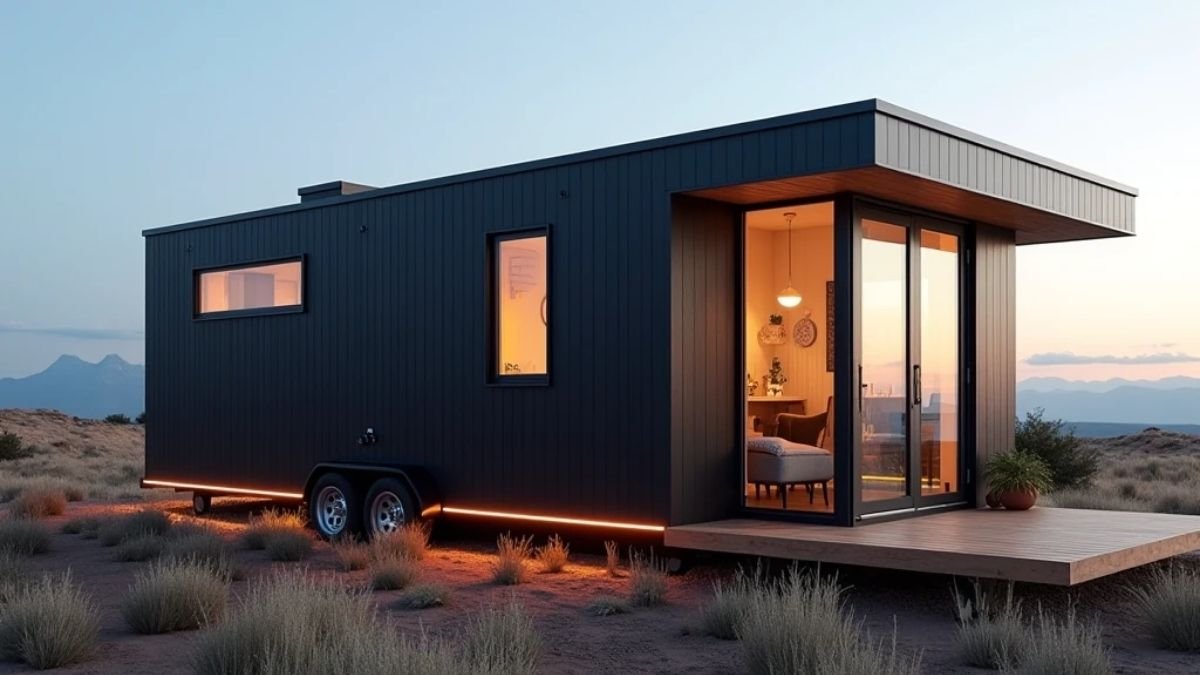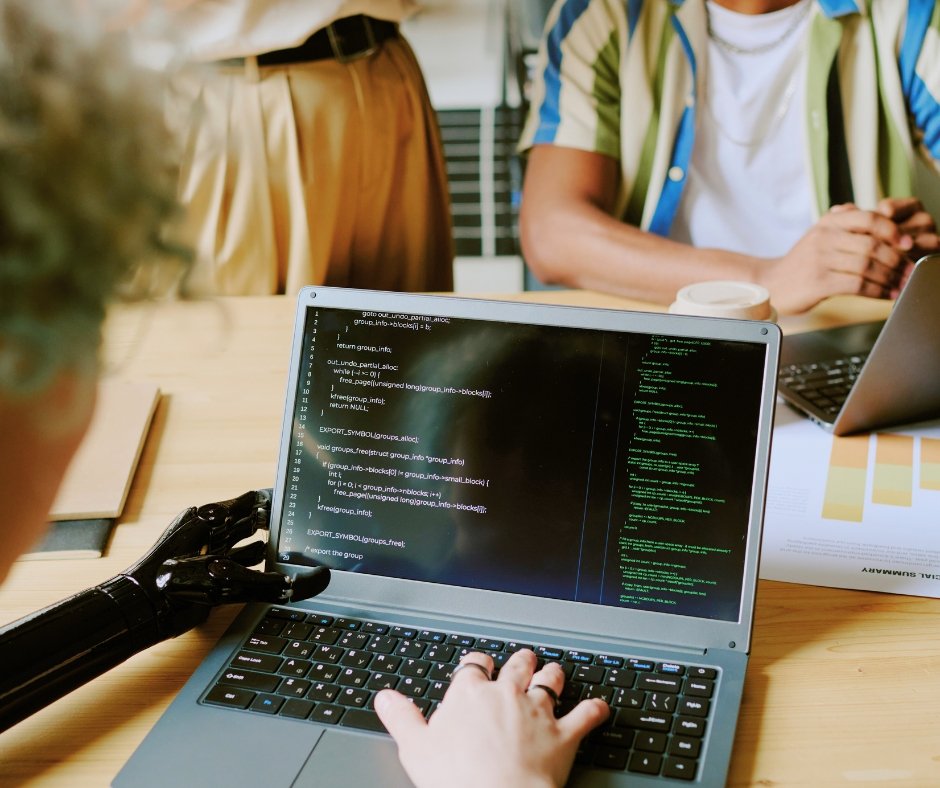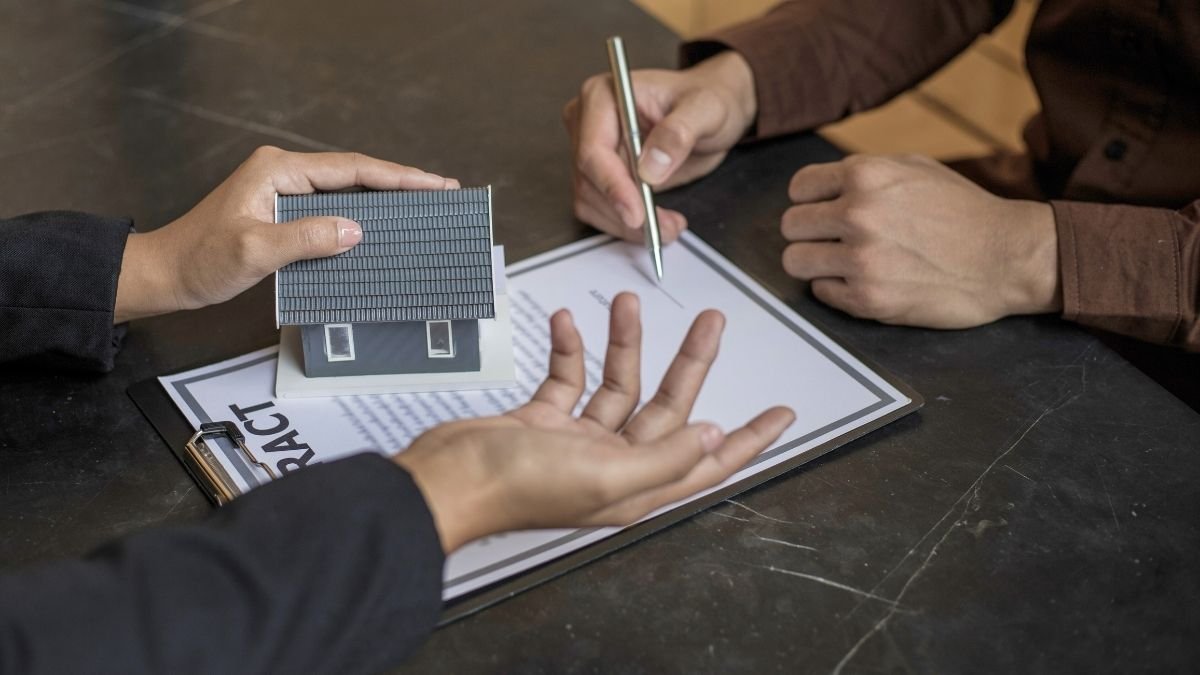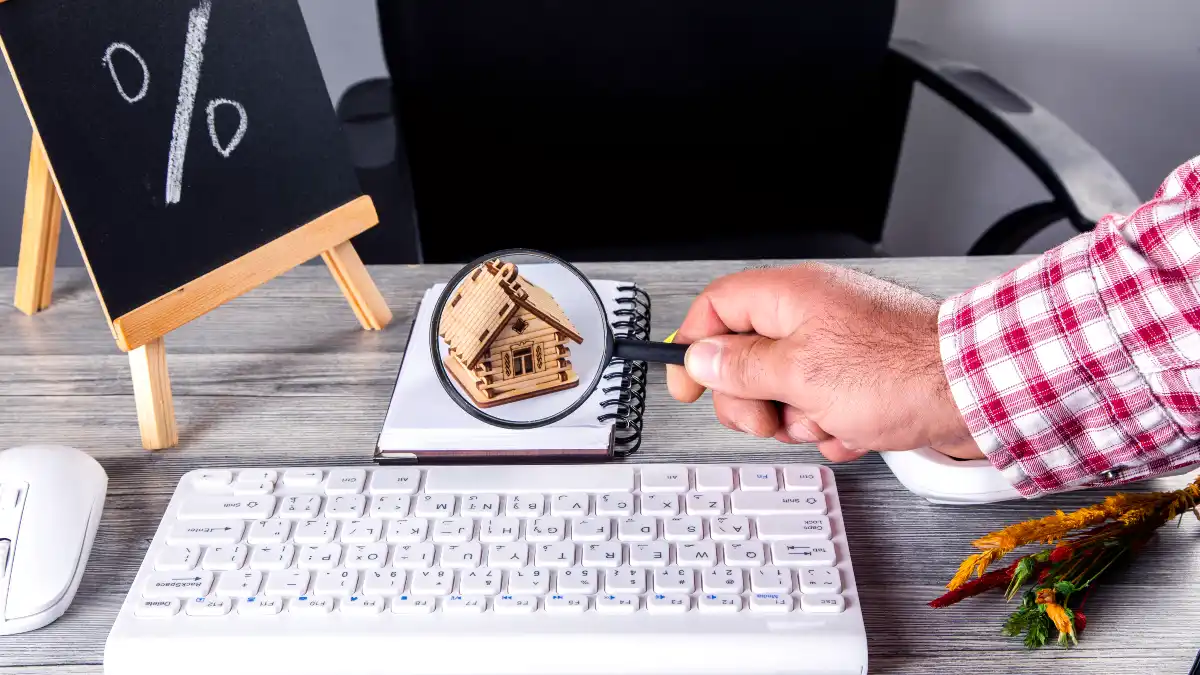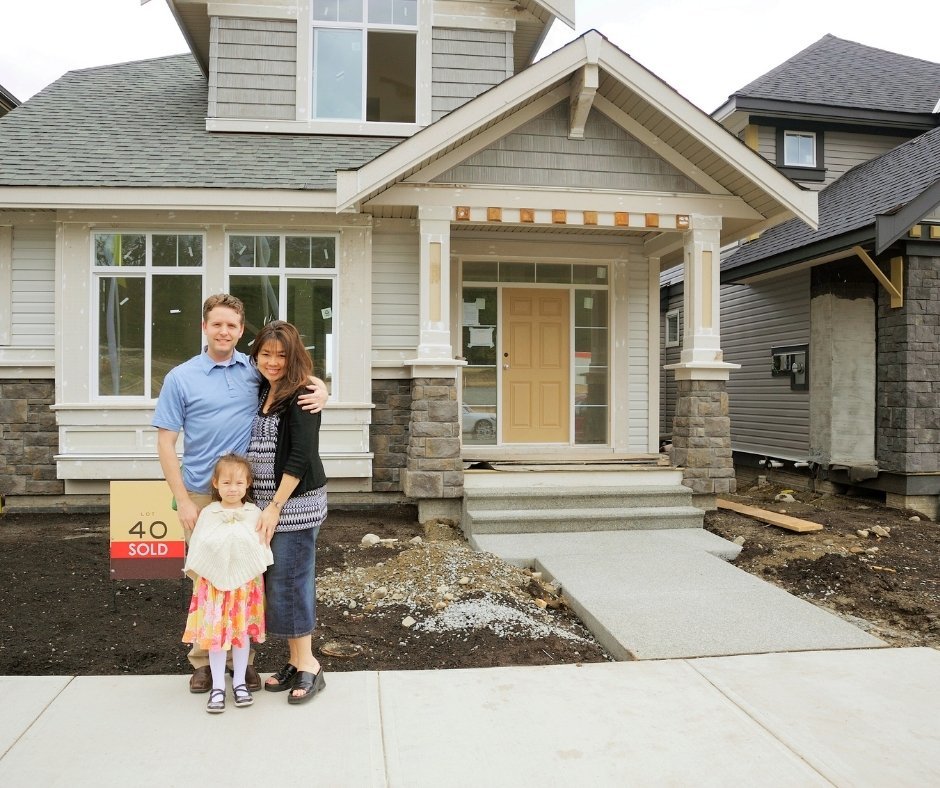
At a recent dinner party, a friend leaned over and whispered, “You’re still keeping $50,000 in cash? Don’t you know inflation is eating it alive?” The table erupted in debate—some nodding in agreement, others looking at me like I’d confessed to hoarding gold under my mattress. But here’s the thing: that cash stash isn’t just a number in a spreadsheet. It’s my sleep-at-night fund, my “life happens” insurance, and my ticket to seizing opportunities without panic.
In a world obsessed with maximizing every dollar through investments, holding a significant cash reserve feels almost rebellious. But after two recessions, a pandemic, and a career pivot that left me unemployed for six months, I’ve learned that financial security isn’t just about growth—it’s about resilience. This article isn’t a one-size-fits-all manifesto, but a deep dive into why $50,000 in cash makes sense for me—and why it might for you too.
The Financial Landscape: Why Cash Is Often Underestimated
We live in an era where digital wallets and robo-advisors dominate the conversation. According to a 2023 Federal Reserve survey, only 32% of Americans could cover a $400 emergency with cash—let alone $50,000. Yet physical cash (or its liquid equivalent) remains the ultimate hedge against life’s curveballs.
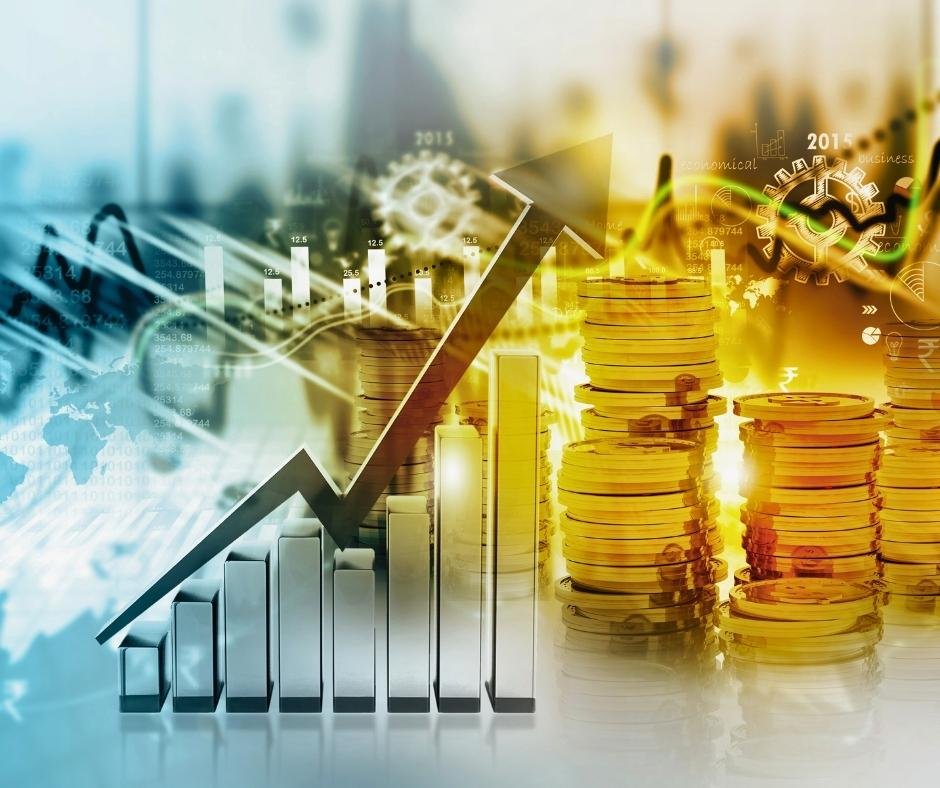
The Decline of Cash: Since 2019, cash usage for payments has dropped by 20%, per the Diary of Consumer Payment Choice. But this shift doesn’t mean cash is obsolete—it means it’s undervalued.
The Inflation Myth: Critics love to cite inflation as cash’s arch-nemesis. At 3% annual inflation, $50,000 loses $1,500 in purchasing power yearly. But here’s what they don’t mention: the S&P 500 has experienced five corrections of 15%+ in the last decade alone. Would you rather lose 3% to inflation or 20% to a market crash when you need funds most?
Personal Insight: During the 2020 market plunge, my cash reserve let me cover expenses without selling investments at a loss. That “inefficient” cash? It bought me peace of mind at a premium I’d pay again.
The Psychology of Financial Security: Why Cash Feels Different
There’s a reason casinos use chips instead of cash—it’s easier to spend what doesn’t feel real. Behavioral economists call this the “pain of paying,” and it’s why swiping a card feels less impactful than handing over $100 bills.
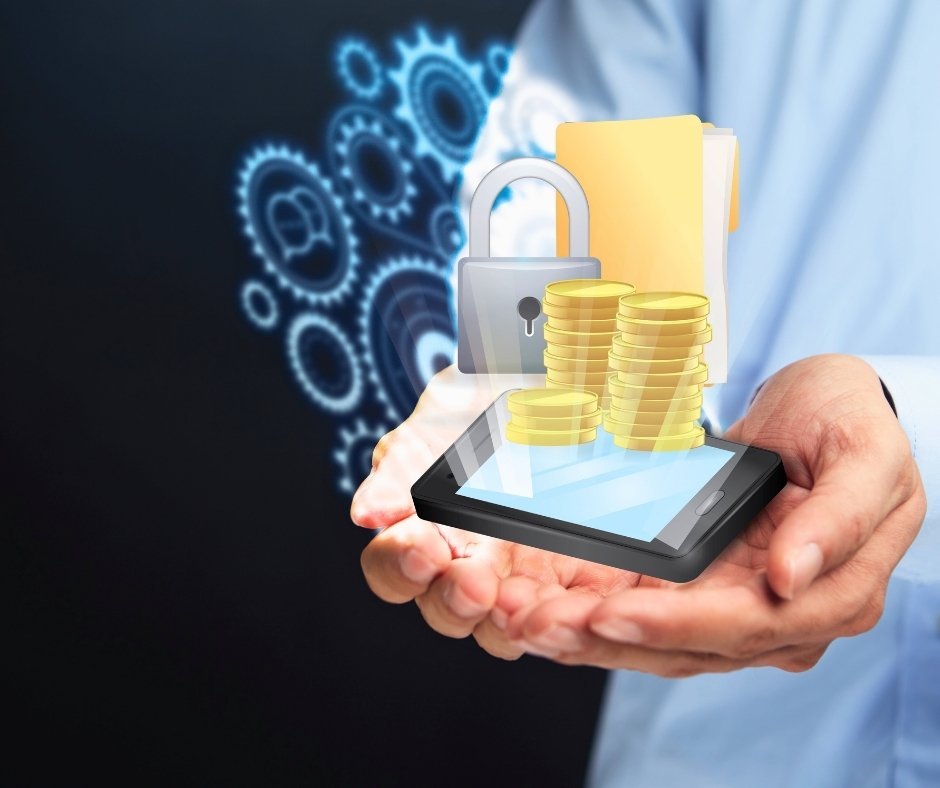
Loss Aversion in Action: Studies show humans feel losses 2x more acutely than gains. When markets tank, the emotional toll of selling investments to cover bills can lead to panic decisions. Cash bypasses this—there’s no “selling” involved.
Tangible Security: During a 2021 power outage, ATMs were down, and credit card systems failed. My emergency cash? It bought groceries and gas when digital money was frozen. That physical stack of bills wasn’t just currency—it was a lifeline.
Expert Angle: Financial therapist Amanda Clayman notes, “Cash provides a sensory experience of security that digital balances can’t replicate. It’s a visual reminder that you’re prepared.”
Emergency Preparedness: The 3-6-9 Rule and Beyond
Financial gurus preach the “3-6 months of expenses” rule, but one size rarely fits all. Here’s how $50,000 stacks up:
- Average U.S. monthly household expenses: ~$5,500 (BLS data).
- 3 months: $16,500
- 6 months: $33,000
- 9 months: $49,500
Why 9 Months? Because emergencies rarely follow timelines. After losing my job in 2019, it took 7 months to find a role at my previous salary. Those extra 3 months of cash? They prevented me from raiding my retirement account.
Beyond Job Loss: Medical emergencies, home repairs, or family crises often cost more than we budget. A 2022 Bankrate survey found 28% of adults skipped medical care due to cost—cash reserves can change that narrative.
Pro Tip: Store your emergency fund in a high-yield savings account (currently 4-5% APY) to offset inflation while keeping it liquid.
Market Volatility and Cash as a Hedge
History repeats itself, and so do market crashes. The S&P 500 has lost 50% of its value twice since 2000. During those periods, cash outperformed stocks by default.
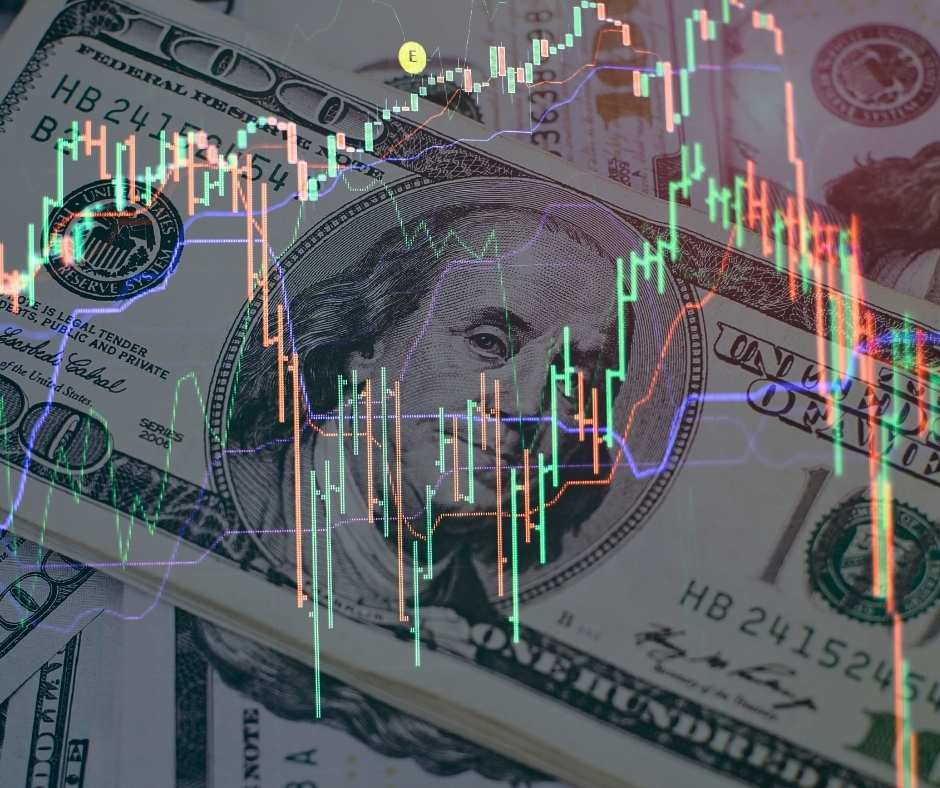
The 2008 Lesson: While the market plunged 57%, my cash reserve earned 2% in a money market account. It wasn’t sexy, but it was stability.
Opportunity Cost Myth: Yes, cash earns less than stocks long-term. But volatility isn’t a “if”—it’s a “when.” As Vanguard founder John Bogle said, “The stock market is a device for transferring money from the impatient to the patient.” Cash lets you be the patient one.
Personal Take: In 2020, I used my cash stash to buy discounted index funds when the market hit bottom. That “idle” money? It became my most profitable investment.
The Opportunity Fund: Cash for Life’s Big Moments
Emergencies aren’t the only use for cash. Sometimes, life hands you lemons—and you need cash to build a lemonade stand.
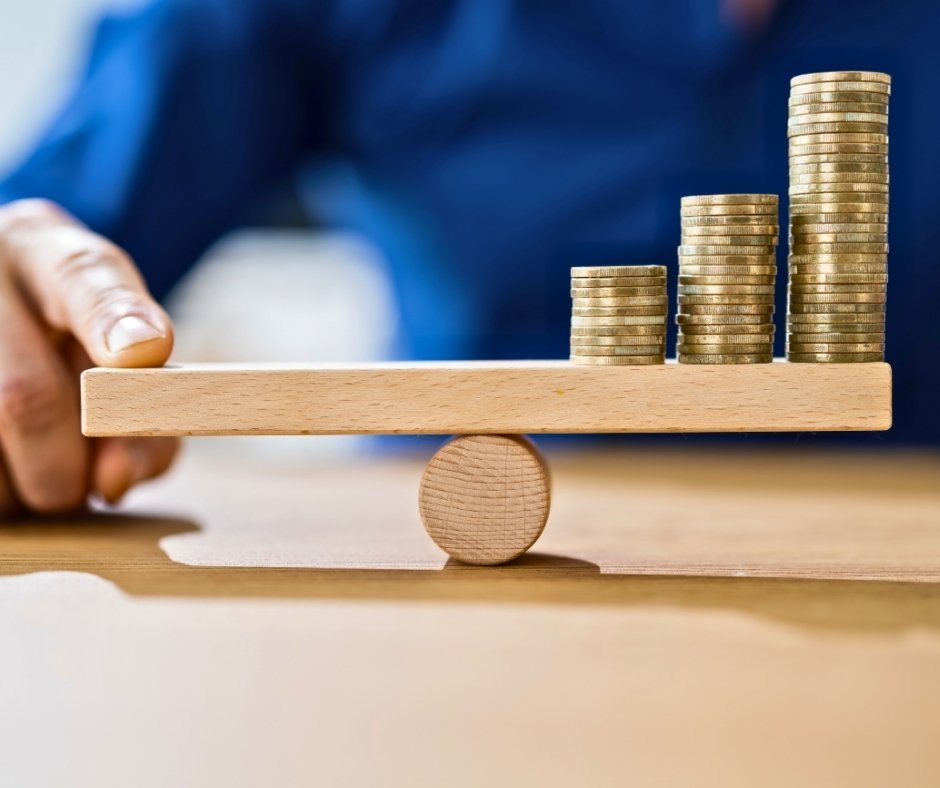
Career Pivots: When I left my corporate job to freelance, my cash fund covered 8 months of expenses while I built a client base. Without it, I’d have taken the first lowball offer that came along.
Negotiating Power: Cash offers leverage. When buying a used car last year, I negotiated a $3,000 discount by offering cash on the spot. Try that with a credit card.
Investing in Yourself: From coding bootcamps to starting a side business, cash removes barriers to growth. It’s not just savings—it’s potential energy waiting to be unleashed.
Inflation and Cash: Debunking the Myth of Guaranteed Loss
Inflation is real, but it’s not the boogeyman it’s made out to be. Here’s the math:
- Annual inflation (2023): 3.4%
- Erosion on $50K: $1,700/year
Now compare that to:
- Average credit card interest rate: 21%
- Cost of a $5,000 emergency on a credit card (2 years): ~$1,200 in interest
The Real Risk: Not having cash when you need it. A 2023 LendingClub report found 64% of Americans live paycheck to paycheck. Inflation is a slow leak; financial shocks are a burst pipe.
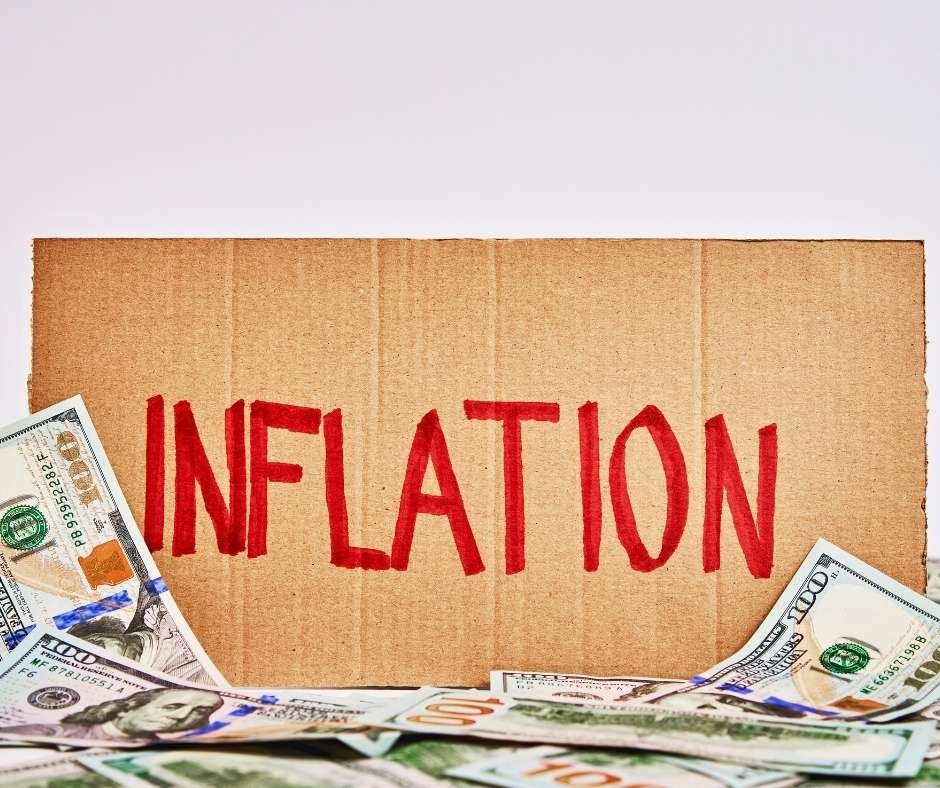
Mitigation Strategies:
- Park cash in high-yield accounts (4-5% APY).
- Use I-Bonds for a portion (currently 4.3% interest).
- Ladder CDs for higher rates on longer-term funds.
The “Crazy” Label: Why Critics Are Wrong
“Cash is trash”—Ray Dalio’s famous quote gets thrown around a lot. But context matters. Dalio’s critique applies to excess cash in institutional portfolios, not personal emergency funds.
The Misunderstanding: Critics conflate “cash” with “hoarding.” A $50K reserve isn’t about fear—it’s about flexibility. As Morgan Housel writes in The Psychology of Money, “The goal of investing isn’t to minimize boredom; it’s to maximize returns.” Cash minimizes panic, which maximizes long-term gains.
Personal Anecdote: When my roof needed a $12,000 repair last year, I paid in cash. No loans, no stress. My neighbor? He put it on a credit card and is still paying 18% interest. Who’s crazy now?
How to Build and Maintain a $50K Cash Reserve
Building a cash stash isn’t magic—it’s math and discipline. Here’s how I did it:
Step 1: Calculate Your Number
- Monthly expenses: $5,000
- Target months: 10
- Goal: $50,000
Step 2: Automate Savings
- Open a high-yield account.
- Set up automatic transfers of $800/month (takes ~5 years to hit $50K).
- Redirect windfalls (tax refunds, bonuses) into the fund.
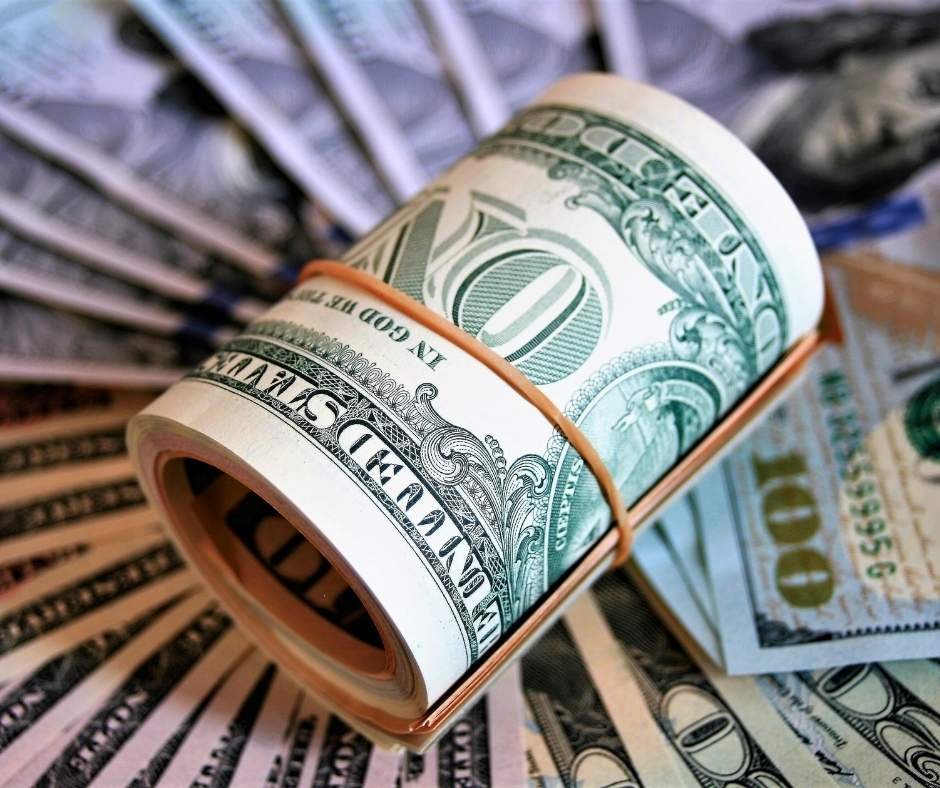
Step 3: Cut Mercilessly
- Downgrade subscriptions (saved $200/month).
- Cook at home (saved $300/month).
- Sell unused items (earned $1,500 in year one).
Step 4: Replenish Religiously
After dipping into the fund for emergencies, pause investing and refill the cash account first.
The Hybrid Approach: Balancing Cash with Investments
Cash isn’t an either/or—it’s a both/and. My portfolio is 70% stocks, 20% bonds, and 10% cash. Here’s why:
Risk Tolerance: At 35, I can handle market swings—but I sleep better knowing 10% is safe.
Rebalancing: During bull markets, I trim gains to top up my cash reserve. In bear markets, I pause withdrawals to let investments recover.
Life Stages: As I age, I’ll increase cash to 15-20% for stability.
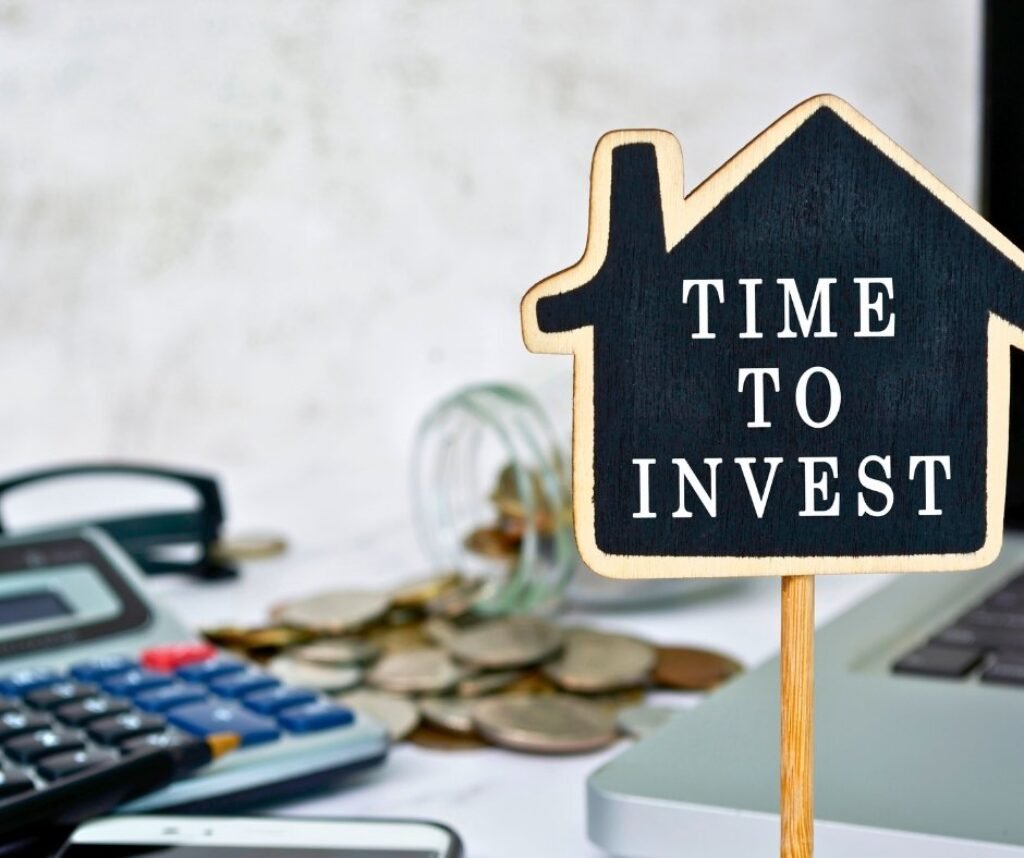
Expert Insight: Charles Schwab’s 2023 Modern Wealth Survey found 48% of millionaires keep 10-20% of their assets in cash. If it’s good enough for them…
Cultural and Generational Perspectives on Cash
My grandmother hid cash in a cookie jar—not because she was “old-fashioned,” but because she survived the Great Depression. That generational trauma taught her the value of liquidity.
Millennial Paradox: We’re the first generation to earn less than our parents, yet we’re obsessed with crypto and Robinhood. Maybe we’ve forgotten the basics.
Global Norms: In Japan, 60% of household assets are held in cash (Bank of Japan). In Germany, cash is still king for 80% of transactions (ECB). Maybe they’re onto something.
Personal Reflection: When I moved to Germany for work, I was shocked by how often colleagues paid in cash. It felt archaic—until my debit card was stolen, and their cash saved the day.
Risks and Downsides of Holding Large Cash Reserves
No strategy is perfect. Here are the trade-offs:
Inflation Risk: $50K in 2000 had the buying power of $87K today (BLS inflation calculator).
Theft/Fraud: Physical cash can be stolen, and FDIC insurance caps at $250K per bank.
Opportunity Cost: Missing a 10% market gain on $50K means $5,000 in potential growth.
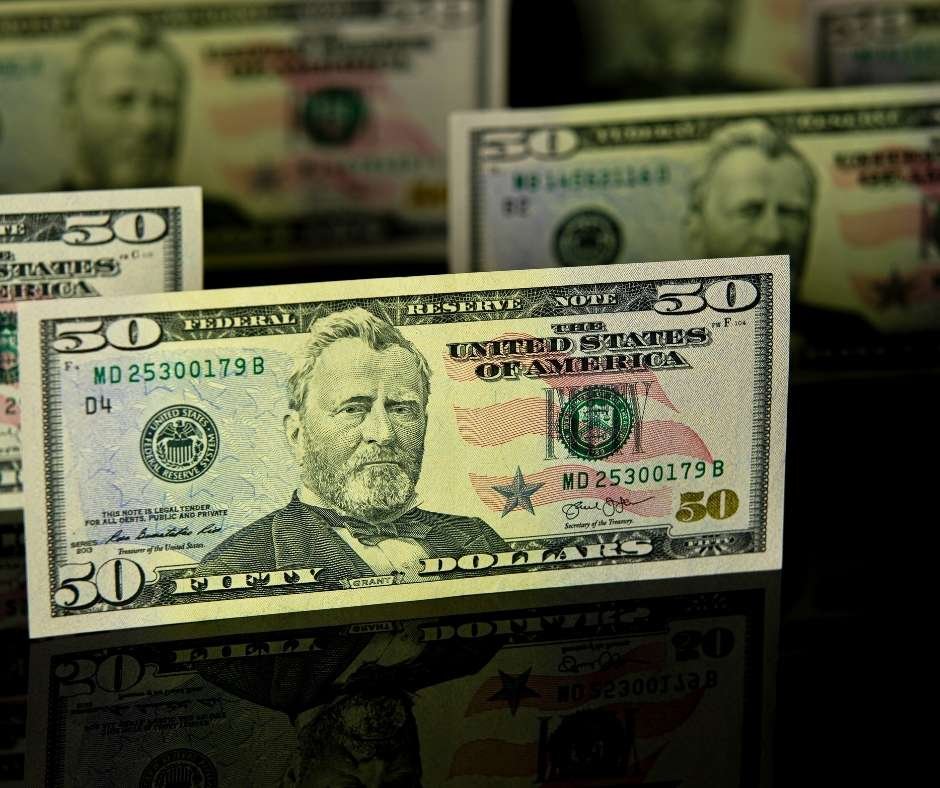
Mitigation:
- Diversify cash across banks.
- Use Treasury bills for higher yields.
- Rebalance annually to adjust for inflation.
Conclusion
Keeping $50K in cash isn’t about fear—it’s about freedom. Freedom to leave a toxic job. Freedom to invest when others panic. Freedom to say “yes” to opportunities without checking your account balance first.
Financial advice often feels like a rigid rulebook, but the best strategies are personal. If you’re a risk-averse parent, a freelancer with irregular income, or someone who just wants to sleep better at night, a cash reserve might be your unsung hero.
So the next time someone calls you crazy for holding cash, smile. You’re not missing out—you’re opting out of the stress. And in a world that feels increasingly uncertain, that’s the best investment I’ve ever made.

